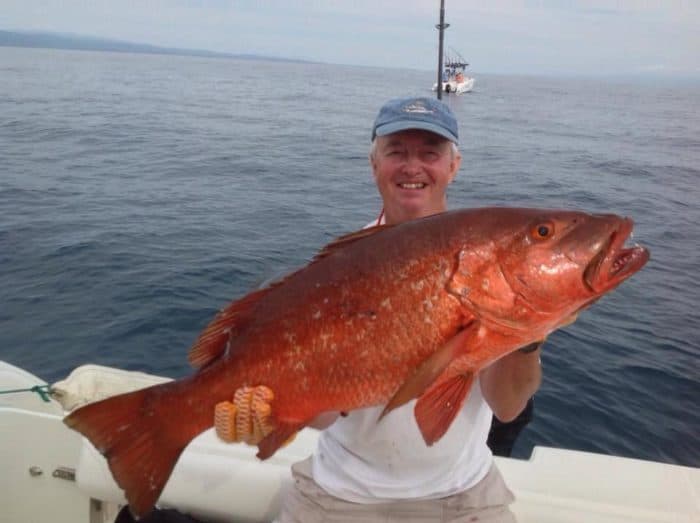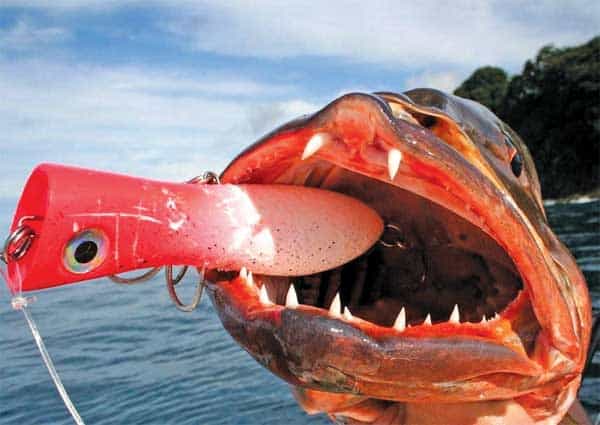In my youth, I loved rock music. Led Zepplin, The Who, The Rolling Stones and the likes were at the top of my playlist. As each of my children entered their teen years, they reminded me of how I must have driven my mother absolutely out of her mind. Today, I still listen to old rock music, but more often than not, I find myself following my redneck roots, listening to country music. My fishing kind of took the same path.
I used to love to chase big fish. The bigger, the better. Where I’m from, it was tarpon and big sharks. After moving to Costa Rica, I added marlin and big tuna to the list. My biggest tuna here weighed more than 280 pounds. I sweated for just over three hours to land the fish and loved every second of the battle. I’m not up to multiple-hour endurance tests anymore, and Costa Rica has the perfect fish for this kind of thinking: the cubera snapper.
I love this fish for two reasons. The fish has the power to bring you to your knees, and more than half the time, the fish wins.
Costa Rica has cubera snapper on both coasts. Huge fish have been taken out of Parismina, Tortuguero, and Barra del Colorado on the Caribbean side, but they are much more prolific on the Pacific coast. They look like a giant aquatic pumpkin with big canine teeth and have the strength of a locomotive.

The Pacific side and its volcanic reefs make perfect habitat for how cubera snapper operate. They hang casually above and around the reef, and go on attack when hungry or quickly rush into a cave or under a rock when threatened — or when hooked by an angler. Stopping one before they reach the rock is like winning an arm-wrestling match with the Hulk.
Years ago, the norm was to troll over a reef until you caught a nice size bonito, then bridle a hook to his nose and send him back down on 80 lb tackle. Now, it takes several seconds for even a huge snapper to gulp down 3- to 5-pound bait. The whole time this is happening, the snapper is racing down toward the reef, because other fish have noticed and they want a piece of the action. So timing is everything. You have to give him enough time to eat, but not too much or he will be already cozy in his volcanic home before you set the hook and you won’t have a chance.
Today with high-gear-ratio reels and braided lined lines, big snapper can be taken on much lighter gear. Throwing poppers has become a popular way to fish them. Snapper will come up from a 100 feet of water to take a popper. Even though the gear is much lighter, zipping a popper across the surface all day is a true test of stamina.
Last time out, I finished my day with snapper winning the game 3 to 1. I did get a nice 38 lb fish and was singing Toby Keith’s lyrics in my head: “I’m not as good as I once was, but I’m as good once as I always was.”
Later, I walked into my house and heard strange PlayStation noises coming from the TV and some type of Spanish rap music coming from one of the bedrooms. I quietly slid in one of Toby’s discs, cranked it up and drove my kids absolutely crazy.
Todd Staley has run fishing sport operations on both coasts of Costa Rica for more than 25 years. He recently decided to take some time off to devote full-time to marine conservation and is the communications director at FECOP. Contact him at wetline@hotmail.com.

